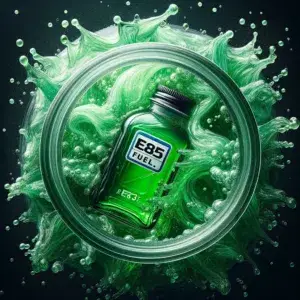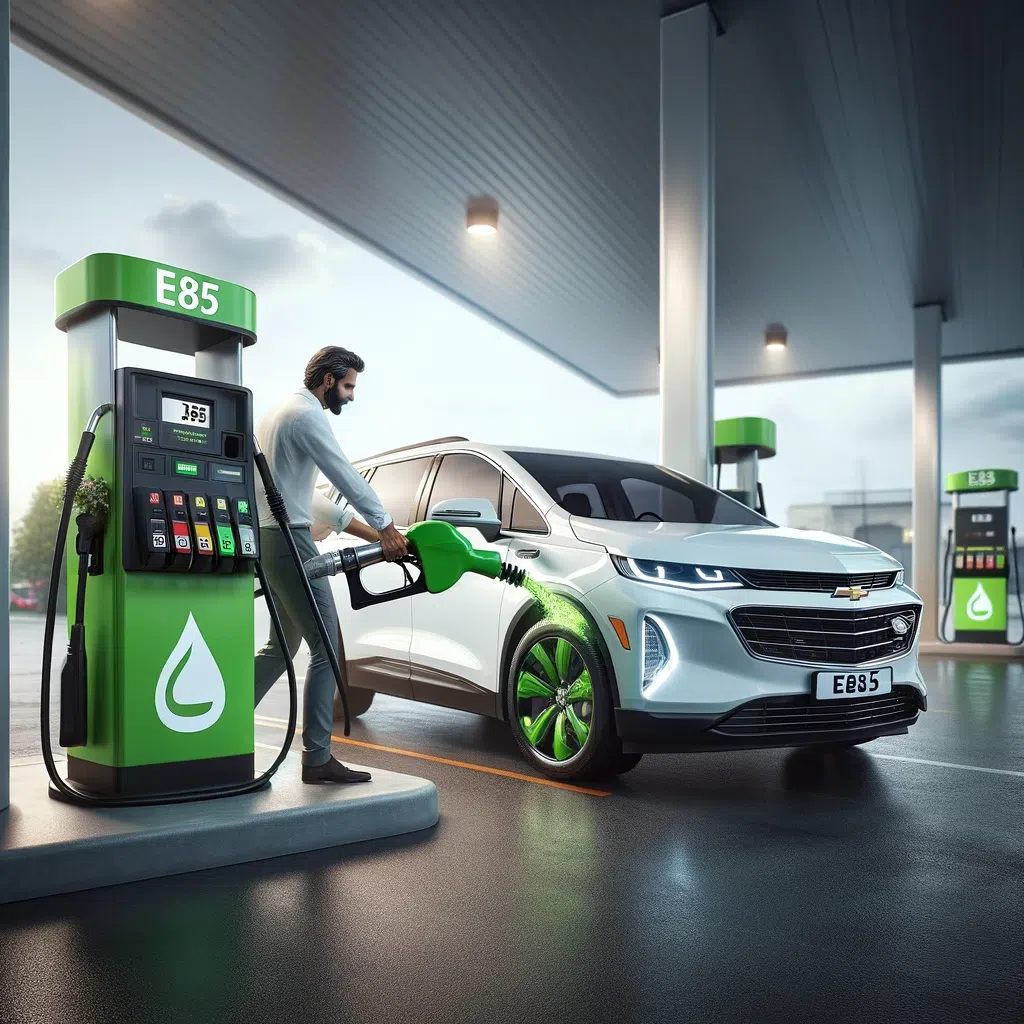E85 is an alternative fuel blend that contains 51%-83% ethanol mixed with gasoline. With more flex fuel vehicles on the road today capable of running on E85, many drivers have questions about using this renewable fuel option. This post covers some of the key topics related to E85 fuel that consumers often ask about:
What is E85 exactly?
| Key Takeaways |
|---|
| – E85 is 51%-83% ethanol blended with gasoline |
| – Lower emissions and renewable, but fewer MPGs |
| – Only flex fuel vehicles (FFVs) are E85 compatible |
| – Compatibility issues in older vehicles without upgraded fuel system parts |
| – Needs more frequent oil changes and fuel system cleaning with E85 |
E85 refers to fuel blends containing 51%-83% ethanol, with the remaining portion being regular gasoline. The most common ratio is 85% ethanol and 15% gasoline, hence the name E85. The ethanol used in E85 is ethyl alcohol made primarily from corn and other renewable sources like sugarcane.
What are the benefits of using E85 fuel?

There are a few potential advantages to using E85 fuel:
- Lower emissions: E85 burns cleaner than pure gasoline, producing lower carbon monoxide and carbon dioxide emissions. Using E85 can reduce greenhouse gas emissions by up to 37%.
- Renewable: As E85 obtains most of its content from renewable sources like corn, it extends gasoline supplies and reduces reliance on fossil fuels.
- Lower cost: As ethanol is cheaper than gasoline, E85 tends to cost less per gallon at the pump in areas where it is sold.
What vehicles can use E85 fuel?
E85 can only be used in flex fuel vehicles (FFVs) engineered to run on gasoline, E85, or any mixture. FFVs have upgraded fuel system components designed for ethanol’s effects. All models since 2001 should have a yellow gas cap reading “E85/Gasoline” if flex fuel capable.
You can also check your owner’s manual to see if E85 use is approved.
What are the downsides to watch for with E85 fuel use?
The disadvantages to consider before switching to E85 include:
- Fuel economy: Expect 12-30% fewer miles per gallon using E85 due to ethanol’s lower energy density compared to gasoline. Your driving range will be reduced between fills.
- Cold weather starts: E85 is harder to vaporize for ignition in extreme cold compared to gasoline. Starting issues are possible below 0°F.
- Availability: Only around 4% of stations sell E85 currently. Look up stations offering E85 along your routes first.
- Materials compatibility: E85 can degrade rubber or plastic fuel lines/gaskets from older vehicles not built for it. Make sure your FFV’s all components are ethanol-safe first.
Does E85 require any special maintenance?
Here are some useful E85 fuel maintenance tips:
- Change your oil more frequently as ethanol speeds up fuel dilution of engine oil. Every 5,000 miles is ideal.
- Clean fuel injectors every 30,000 miles using premium additives to prevent carbon buildup from ethanol.
- Check and replace fuel filters early if showing signs of degradation from ethanol exposure.
- Use fuel stabilizers when storing vehicles over 1 month to prevent E85 separation and corrosion.
In most other regards, you can service an FFV similar to a gasoline-only model. Adhere to the maintenance schedule outlined in your owner’s manual.
| E85 Benefits | E85 Considerations |
|---|---|
| Lower emissions | Reduced fuel economy |
| Extends gas supplies | Harder cold starts below 0°F |
| Cost savings per gallon | Only 4% of stations offer it |
| Renewable energy source | May degrade older fuel system parts |
Hopefully this overview has covered the key aspects to weigh when deciding if E85 ethanol makes sense for your flex fuel vehicle. Reach out with any other questions!

Elenor Desmaris, the driving force behind E85Calculator.com, is a fuel efficiency guru committed to helping you maximize your vehicle’s performance. With the Ultimate Guide Fuel Efficiency Calculator, Elenor equips you with the knowledge and tools to optimize your fuel consumption, save money, and reduce your environmental impact. Get ready to embark on a journey towards smarter and greener driving with Elenor’s comprehensive expertise.

